The 68 th Berlinale International Film Festival
Yama—Yararetara yarikaese
In English: Yama—Attack to Attack
Japanese documentary film
1985
Directors: Mitsuo Sato and Kyoichi Yamaoka
Premiere in Germany in the Berlinale
Not coincidentally, the tickets for this screening had been sold on the very first day of the Festival. Earlier, this documentary film was shown in the Yamagata International Film Festival (1997), later in New York and in Krakow.
Unfortunately but understandably, no DVD was produced, both screening in the Festival was received by packed cinemas.
The major part of the film was shot in San’ya a district of Tokyo. This location is almost unknown for foreigners, and many Japanese young people have never heard of it. Nevertheless, San’ya has a long history back to the Tokugawa period. Originally this district was (with many similar ones) the locus of the forcefully evacuated „non-humans“, whose professions were, according to the Buddhism, filthy. Those were leather-workers, and people who were dealing with dead human corps. In Osaka, this district is Kamagasaki, in Yokohama the Kotobuki-cho, in Nagoya it is called Sasajima.
Nowadays, these districts are the main daily labour markets, where the local mafia (in Japanese yakuza) as large companies contracted agents, recruit for the lowest-paid, least secured and most dangerous jobs the bottom part of the Japanese society.
Originally, the non-humans districts were created in 1603, but nowadays these quarters offer the cheapest labour to the construction industry and other dangerous work. These workers have no insurance, no contract, and no any kind of welfare-service. They receive their daily payment in cash.
The documentary film was made in this district and the directors wanted to create an objective, fact-based documentary on the marginalised groups in Tokyo. Their dwellings are poor (if there is any), many of them living as homeless people, several of them are severely ill.
The film begins with a scene where the daily labourers protest and fight with the local mafia, and the police does not protect the labourers. For the marginalised groups, there is only volunteering help and assistance, since the double-faced Japanese bureaucracy plays a fool, as they have no idea about their working environment’s desperate situation.
In this film we can follow how the daily labourers fight for their payment (sometimes the mafia forgets paying them), fighting for humane treatment, since they viewed as filthy, dirty, thus deeply ostracised and discriminated groups by the “mainstream” society.
On a winter day, meanwhile the two directors were making the film, on December 22, 1984, Mitsuo Sato was murdered by a mafia-member, probably by order.
Yamaoka, the other director, continued making the film for another eleven months. In November 1985, there was the first screening of the film in Tokyo, and soon after Yamaoka was also murdered.
After the first screening in the Berlinale, the audience had a chance to talk to the member of the Japanese film distribution committee. He told us, that the dwelling circumstances are nowadays better in San’ya, these workers are already old (if they are alive). However, he forgot to mention, how the daily labour market grew in the last three decades as a consequence of the Japanese companies’ efficiency, and how the Fukushima triple disaster (in 2011) has been utilising the daily labour market and the marginalised untouchable people.
Nevertheless, these people keep fighting for their rights.
Next to me, a British journalist said that this film is a perfect Marxist seminar.
Author: Katalin Ferber

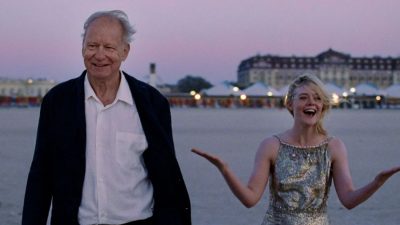
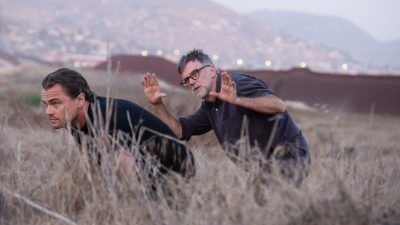
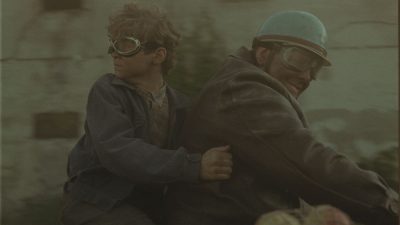
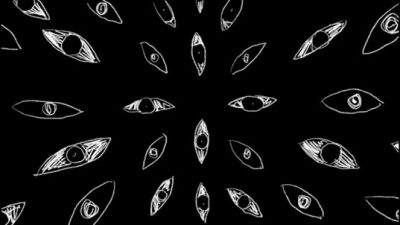


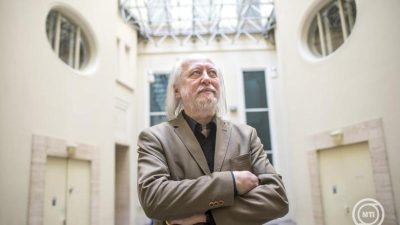















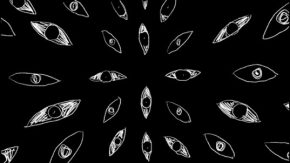

Comments